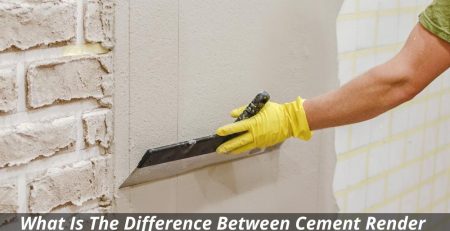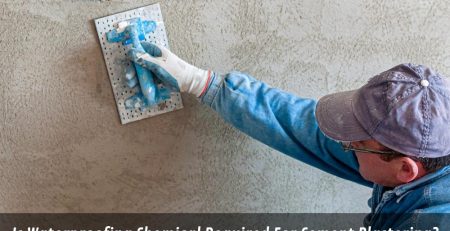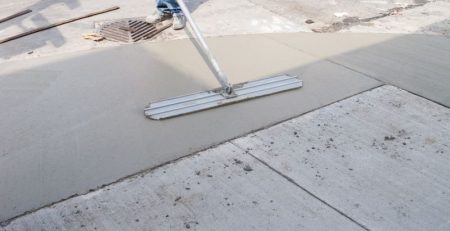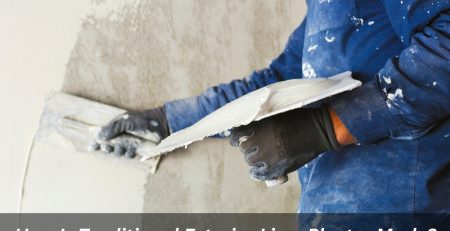How Do You Cement Render A Wall?
How do you cement render a wall to create an attractive wall finish, such as textured tiles or stone cladding? Rendering walls has been a popular choice in the construction industry for centuries. It not only makes your walls look good but also strengthens the building’s structure.
Rendering is the process of covering a wall with a thin layer of plaster or concrete mixture. Cement rendering is ideal for exterior walls because it helps protect them from moisture and provides additional insulation. In addition, it can hide blemishes and damage on existing walls while providing a new finish over them.
Knowing how to render a wall correctly is essential if you want your home to look its best. In this article, we’ll show you step-by-step how to cement and render a wall like a pro. We’ll discuss preparing the wall before applying the render and applying techniques to ensure your results are of the highest quality possible.
What are the principal uses for cement render?
Cement render is a popular choice for both interior and exterior walls. It can be used to create a smooth, professional finish on walls, as well as provide insulation and protection from the elements. It is also often used to cover up cracks or imperfections in walls, as it provides an even layer of protection against water damage.
Cement render can also be used to create decorative finishes, such as textured tile or stone cladding. This is a great way to add value to your property and create a unique look for your home.
Cement render is a versatile material that can be used in a variety of ways. Before starting any project, it’s important to make sure you have the right tools and materials for the job. Make sure you use a cement-based render mix, as this will provide the best results. It’s also important to prepare the wall before applying the render, as this will help ensure a smooth finish.
Steps to apply cement render
Applying cement render is a relatively simple process, but it’s important to make sure you follow the correct steps. Here’s what you need to do:
1. Prepare the wall: Before applying the render, make sure the wall is clean and free from dirt or debris. Use a wire brush to remove any loose material and fill any cracks or holes with mortar.
2. Mix the render: Mix the cement-based render according to the instructions on the packet. Make sure you use finer sand for better results. Rockcote brand and Ardex brand are among the popular brands that you can use.
3. Apply the render: Use a trowel to apply a thin layer of render to the wall, starting from the bottom and working up in small sections. Use a damp sponge to smooth out any ridges or bumps.
4. Add a second coat: Once the first layer of render has dried (which usually takes around 30 minutes), apply a second coat of render. Make sure you use straight edges to create sharp, clean lines.
5. Allow to dry: Allow the rendered wall to dry for at least 28 days before applying any paint or top coat.
6 . Finishing touches: Once the wall has fully dried, you can add any finishing touches such as acrylic renders or textured finishes.
By following these steps, you can create a beautiful rendered wall that will last for years to come. Cement render is a great choice for both interior and exterior walls, as it’s durable, easy to maintain and provides excellent insulation.
The benefits of cement rendering
Cement rendering is a great way to improve the look and feel of your home. It can also add value to your property, as it provides a professional finish that stands out from the rest. There are many advantages to cement rendering, including:
1. Durability: Cement render is highly durable and can withstand harsh weather conditions. This makes it ideal for exterior walls, as it won’t fade or crack over time.
2. Insulation: Cement render can help insulate your home, as it acts as a barrier against the elements. This helps to keep your home warm in winter and cool in summer, reducing energy costs.
3. Easy to maintain: Cement render is easy to clean and maintain, making it ideal for busy households.
4 . Aesthetics: Cement render can give your walls a professional and polished look, making them stand out from the rest. Here is a blog on how cement rendering can transform your house.
Cement rendering and plastering are two different things and should not be confused with one another. Hiring a professional is always the best for this kind of project to ensure the project is done properly. Here is an example of a professional that you can contact for your rendering project.











